
Epoxy has work life of 8 hours.
TRA-BOND 293-1 high hardness, high Tg epoxy has work life of 8 hr at room temperature, high dielectric constant, and ability to make resilient bonds to variety of substrates like gold, brass and silver. Applications include optoelectronic and instrument assembly.
Read More »
Epoxy Adhesive cures under UV light.
Clear TRA-COAT WCC2B UV curable one-part adhesive can be used for optical fiber, glass, and general purpose applications. Adhesive is clear, medium viscosity, and cures with exposure to UV light at 100 fpm under 300 W/in. bulb. Easy to apply, it creates strong bonds to clear plastics and glass.
Read More »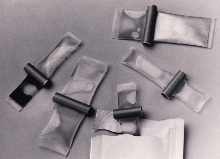
Epoxy suits structural bonding applications.
TRA-BOND 2106T 2-part epoxy mixes at room temperature and creates strong bonds to metals, plastics, glass, forestry products, ceramics, rubber, masonry materials, and construction materials. It has low shrinkage, and when fully cured it acts as electrical insulator with resistance to gases, vapors, water, galvanic action, and many organic and inorganic compounds. TRA-BOND 2106T cures quickly at...
Read More »
Epoxy Resin System offers chemical resistance.
Two-component EP41S-2 epoxy adhesive/sealant and coating cures at ambient temperatures or more quickly at elevated temperatures. It is 100% reactive and contains no solvents or diluents. EP41S-2 adheres to metals, glass, ceramics, wood, vulcanized rubbers, and plastics. It withstands prolonged immersion in strong organic solvents. Operating temperature range is -60 to +275Ã-
Read More »
Hidden Supply Chain Risks in Chinese Procurement
To learn more about strategies you can use to avoid hidden risks commonly associated with Chinese supply-chains, download now.
Read More »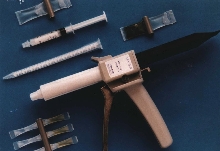
Thixotropic Epoxy cures in 5 minutes.
Tra-Bond 2106T snap cure epoxy is recommended for use in lower temperature or wet industrial bonding applications that require fast cure. It offers low shrinkage, and excellent mechanical and electrical properties. Epoxy provides resistance to water, galvanic action, petroleum fuels, and many chemicals. It develops tough bonds to metals, plastics, glass, hardboards, ceramics, rubber, and masonry.
Read More »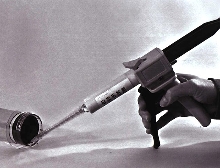
Epoxy System meets NASA low outgassing specfications.
EP30-2 low viscosity, two-component system produces high strength bonds that are resistant to thermal cycling and chemicals. Resin system is 100% reactive and does not contain any solvents or other volatiles. Shrinkage upon cure is -0.0003in/in. Hardened resin provides electrical insulation. EP30-2 cures clear and is suitable for sealing, bonding, and laminating applications. Service operating...
Read More »Adhesives are available in epoxy and polyurethane.
Fast-curing, toughened Araldite 2010 epoxy; clear, flexible Araldite 2026 polyurethane; and 10-min cure Araldite 2027 polyurethane adhesives produce durable joints on hard-to-bond thermoplastic, metal and glass substrates and sheet molding compounds (SMC). Adhesives are packaged in 50 and 200 ml cartridges as well as in larger containers for bulk handling. Cartridges provide for precise mixing...
Read More »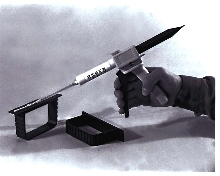
Epoxy cures at room temperature.
Two part EP21TDC-4 for bonding, sealing, and coating applications cures at ambient or elevated temperatures. It has high peel strength, elongation of over 300%, and forms bonds that resist vibration, impact, and shock, plus fuels, water, oils, and many chemicals. No solvents or diluents are emitted during cure. It adheres to natural rubber, neoprene, nitride, and SBR rubber compounds without...
Read More »Light-Curable Epoxies respond to visible and UV light.
Cationic Type V157 and V197 epoxies can be applied and irradiated with long-wave UV light in the range of 325-380 nm or with visible light in the range of 400-500 nm. Wide-range response lets adhesives be processed with many different existing light sources. Response to longer wave visible light is beneficial when bonding various engineering plastics such as Kapton and Lexan, which do not...
Read More »Encapsulating Elastomers offer hydrolytic stability.
Two-component urethane series encapsulants have durometers from 25 to 55 Shore A. Unfilled materials maintain integrity over operating temperature range of -40 deg to 125 deg C. Glass transition temperature of -72 deg C makes them suitable for low temperature potting applications. They offer electrical insulation, thermal cycling stability, chemical resistance, and no shrinkage. Mixed viscosities...
Read More »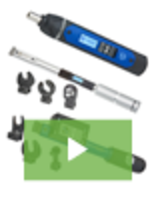
Error Proofing by Design
Sturtevant Richmont's torque tools help customers cut rework and warranty costs while increasing throughput.
Read More »



